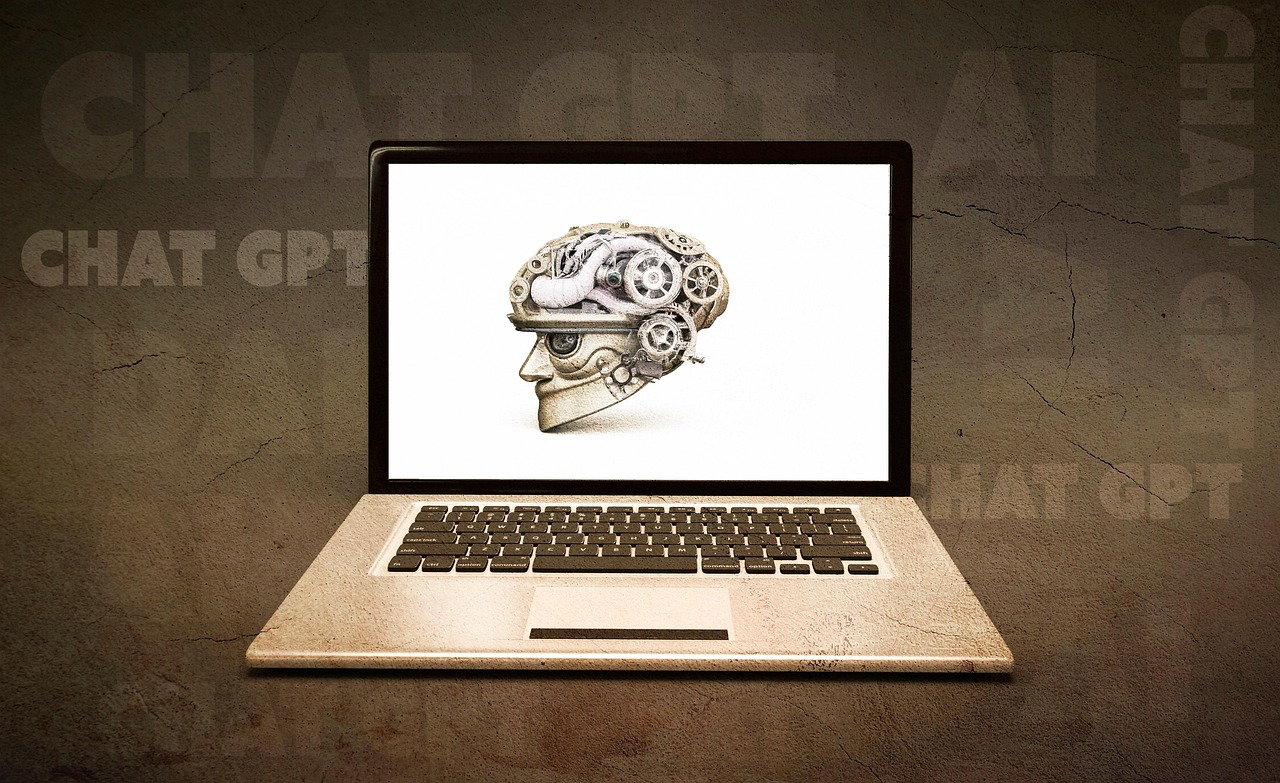The relentless march of technology has brought us to the cusp of a new era: the age of AI transformation. Artificial intelligence (AI) is no longer a futuristic fantasy; it’s a present-day reality reshaping industries, redefining business models, and impacting our lives in profound ways. Understanding how to navigate this transformation is crucial for businesses striving for competitive advantage and individuals seeking to thrive in an AI-driven world. This post will delve into the core components of AI transformation, providing a roadmap for successful implementation and highlighting the key considerations for embracing this technological revolution.
What is AI Transformation?
Defining AI Transformation
AI transformation is the process of fundamentally changing how an organization operates by integrating artificial intelligence technologies across its functions, processes, and strategies. It goes beyond simply implementing AI tools; it involves a holistic shift in mindset, culture, and infrastructure. It’s about leveraging AI to drive innovation, improve efficiency, enhance customer experiences, and ultimately, achieve strategic business goals.
Key Components of AI Transformation
- Data Infrastructure: A robust and well-managed data infrastructure is the foundation of any successful AI initiative. This includes data collection, storage, processing, and governance.
- AI Technologies: Selecting and implementing appropriate AI technologies, such as machine learning, natural language processing, and computer vision, that align with specific business needs.
- Talent and Skills: Building or acquiring the necessary talent and skills to develop, deploy, and maintain AI solutions. This includes data scientists, AI engineers, and domain experts.
- Organizational Culture: Fostering a culture of experimentation, learning, and collaboration to encourage the adoption and integration of AI across the organization.
- Strategic Alignment: Ensuring that AI initiatives are aligned with the overall business strategy and objectives. AI should be used to solve specific business problems and create tangible value.
- Ethical Considerations: Addressing the ethical implications of AI, such as bias, fairness, and transparency, to ensure responsible and trustworthy AI development and deployment.
The Benefits of AI Transformation
Increased Efficiency and Productivity
AI can automate repetitive tasks, streamline workflows, and optimize processes, leading to significant improvements in efficiency and productivity.
- Example: AI-powered robotic process automation (RPA) can automate tasks such as data entry, invoice processing, and customer service inquiries.
- Example: In manufacturing, AI can optimize production schedules, predict equipment failures, and improve quality control.
Enhanced Customer Experience
AI can personalize customer interactions, provide proactive support, and create more engaging experiences, leading to increased customer satisfaction and loyalty.
- Example: AI-powered chatbots can provide instant customer support, answer frequently asked questions, and resolve simple issues.
- Example: Recommendation engines can suggest products or services based on customer preferences and behavior, leading to increased sales.
Data-Driven Decision Making
AI can analyze vast amounts of data to identify patterns, trends, and insights that can inform better decision-making.
- Example: AI can analyze market data, customer feedback, and competitor activity to identify new opportunities and make more informed strategic decisions.
- Example: In finance, AI can analyze financial data to detect fraud, assess risk, and optimize investment strategies.
Improved Innovation and Competitive Advantage
AI can enable organizations to develop new products and services, improve existing offerings, and gain a competitive edge.
- Example: AI can be used to accelerate drug discovery, develop personalized medicine, and improve healthcare outcomes.
- Example: In retail, AI can be used to optimize pricing, personalize promotions, and improve supply chain management.
Reduced Costs
AI can help reduce costs by automating tasks, optimizing processes, and preventing errors.
- Example: Predictive maintenance using AI can reduce downtime and maintenance costs by predicting when equipment will need repair.
Implementing an AI Transformation Strategy
Assessing Readiness
Before embarking on an AI transformation journey, organizations need to assess their readiness in terms of data, infrastructure, talent, and culture.
- Data Audit: Conduct a thorough data audit to assess the quality, quantity, and accessibility of data.
- Infrastructure Evaluation: Evaluate the existing IT infrastructure to ensure it can support AI workloads.
- Skills Gap Analysis: Identify any skills gaps and develop a plan to address them through training, hiring, or partnerships.
- Culture Assessment: Assess the organizational culture to identify any barriers to AI adoption and develop strategies to overcome them.
Defining Clear Objectives and KPIs
Clearly define the objectives of the AI transformation initiative and establish key performance indicators (KPIs) to measure progress.
- Example: Increase customer satisfaction by 15% within the next year using AI-powered chatbots.
- Example: Reduce operational costs by 10% within the next two years using AI-powered automation.
Starting Small and Iterating
It’s often best to start with small, manageable AI projects that deliver quick wins and build momentum. Iterate and scale up as you gain experience and confidence.
- Pilot Projects: Implement pilot projects to test AI technologies and validate their potential value.
- Agile Development: Use an agile development approach to allow for flexibility and adaptation throughout the AI transformation process.
Building a Cross-Functional Team
Assemble a cross-functional team with representatives from different departments, including IT, data science, business operations, and marketing.
- Collaboration: Foster collaboration and communication between team members to ensure that AI initiatives are aligned with business needs.
Data Governance and Security
Establish robust data governance policies and security measures to protect sensitive data and ensure compliance with regulations.
- Data Privacy: Implement data privacy policies to comply with regulations such as GDPR and CCPA.
- Security Measures: Implement security measures to protect data from unauthorized access, use, or disclosure.
Overcoming Challenges in AI Transformation
Data Quality and Availability
Poor data quality and limited data availability are common challenges in AI transformation.
- Solution: Invest in data cleansing, data integration, and data augmentation techniques to improve data quality and availability.
Lack of Talent and Skills
A shortage of skilled AI professionals can hinder AI transformation efforts.
- Solution: Invest in training and development programs to upskill existing employees and attract new talent.
Organizational Resistance
Resistance to change can be a significant obstacle to AI adoption.
- Solution: Communicate the benefits of AI transformation to employees and involve them in the process to gain their buy-in.
Ethical Considerations
The ethical implications of AI, such as bias and fairness, need to be carefully considered.
- Solution: Implement ethical guidelines and frameworks to ensure responsible and trustworthy AI development and deployment.
Integrating with Existing Systems
Integrating AI solutions with existing systems can be complex and challenging.
- Solution: Choose AI platforms and tools that are compatible with existing systems and invest in integration expertise.
Conclusion
AI transformation represents a profound opportunity for organizations to drive innovation, improve efficiency, and gain a competitive advantage. By understanding the key components of AI transformation, implementing a well-defined strategy, and overcoming common challenges, businesses can successfully harness the power of AI to achieve their strategic goals. The future is undeniably AI-driven, and those who embrace this transformation will be best positioned to thrive in the years to come. The key takeaway is that AI transformation is not just about technology; it’s about people, processes, and culture. By focusing on these elements, organizations can unlock the full potential of AI and create a brighter future.




